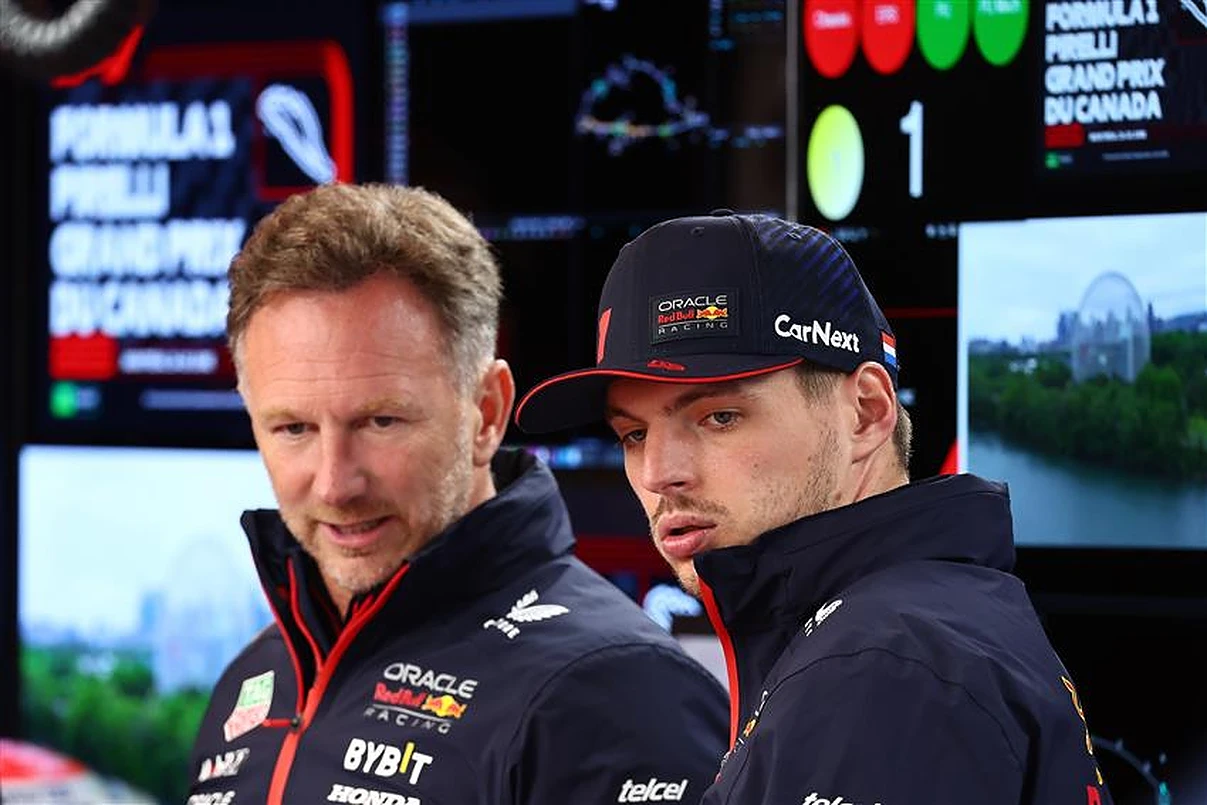Red Bull Racing left Japan with a sense of satisfaction as they successfully addressed a lingering question mark that emerged from their underwhelming performance in Singapore.
The team had introduced a new floor specification for their RB19 in Singapore, designed to generate more camber in the leading edge of the floor to enhance local aerodynamic load.
However, struggles during the Singapore weekend led to a swift reversal to their previous floor configuration.
In Singapore, both Max Verstappen and Sergio Perez grappled with issues related to the car bottoming out and rear instability during Friday and Saturday practices.

Want to work in Formula 1? Browse the latest F1 job vacancies
The difficulties persisted into qualifying, where both drivers were eliminated in Q2.
The challenging weekend culminated in the first Red Bull-free podium of the 2023 season.
The Singapore Grand Prix marked a turning point for Red Bull, coinciding with the introduction of a technical directive aimed at tightening the flexibility of bodywork and aero joints.
The performance dip in Singapore raised questions about the new floor specification’s effectiveness.
However, the Japanese Grand Prix provided the answer Red Bull sought.
Max Verstappen secured a dominant pole position on Saturday and comfortably won the race on Sunday, finishing nearly 20 seconds ahead of Lando Norris.
Red Bull team principal, Christian Horner, addressed the floor specification’s performance during the Japanese Grand Prix, saying, “It did what was expected.
“To be honest, I think in Singapore, we just wanted to eliminate a variable.
“Nobody actually believed it was the floor that was the issue.
“We just wanted to not come away from Singapore with that nagging question.”
Horner acknowledged the unpredictability of Formula 1 and the potential for challenging weekends, even as the season progresses.
He emphasised the importance of setup and the limited practice opportunities in the upcoming races, particularly in the context of sprint races.
Horner stated, “I honestly don’t know.
“It’s impossible to predict.
“I mean, obviously, Brazil was a struggle for us last year.
READ: Aston Martin driver shatters gender barrier
“We’ve got a lot of sprint races coming up now, almost every other race is a sprint race.
“You get one session to sort your car out, and that can put huge pressure that, if you don’t get quite in the right window after that P1 – if you have a bit of rain or a compromised session – that can make it very tricky.
“So that could be an interesting factor from the next race.”

